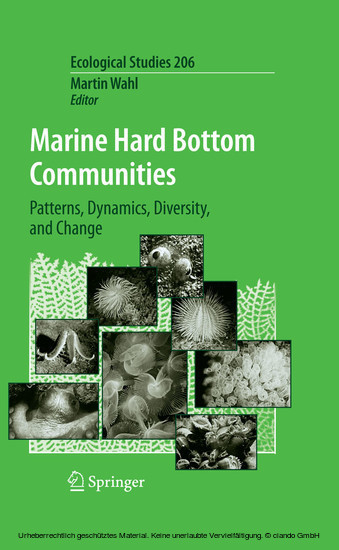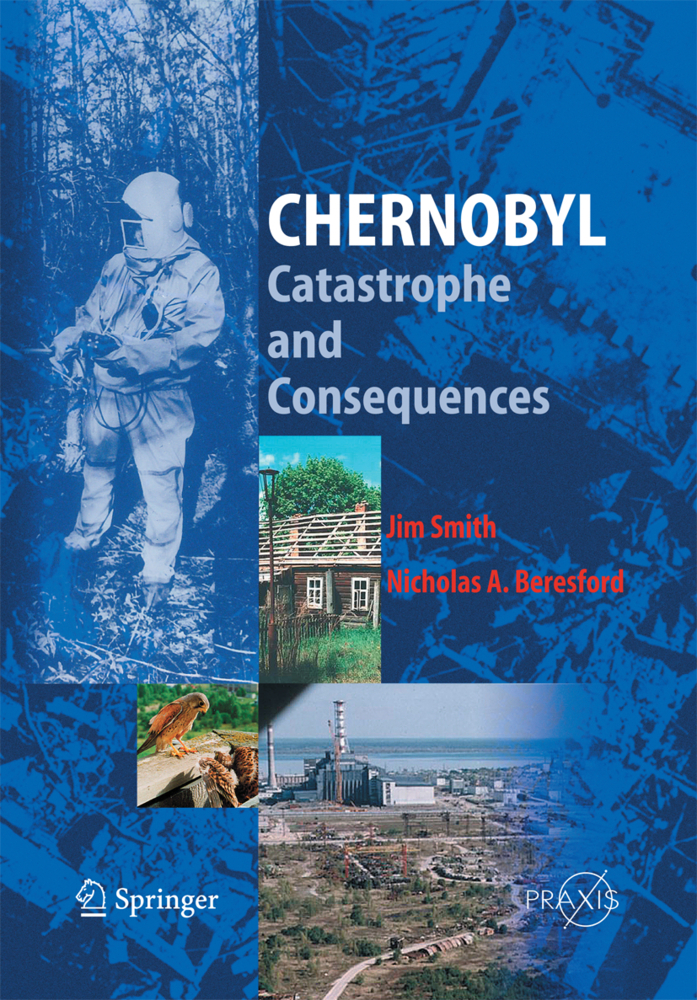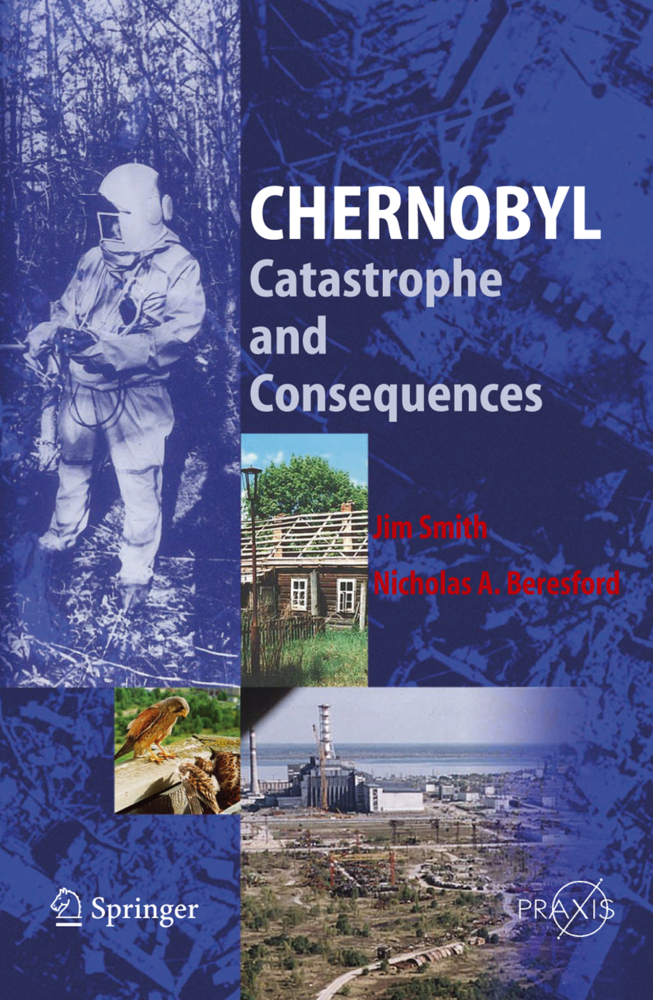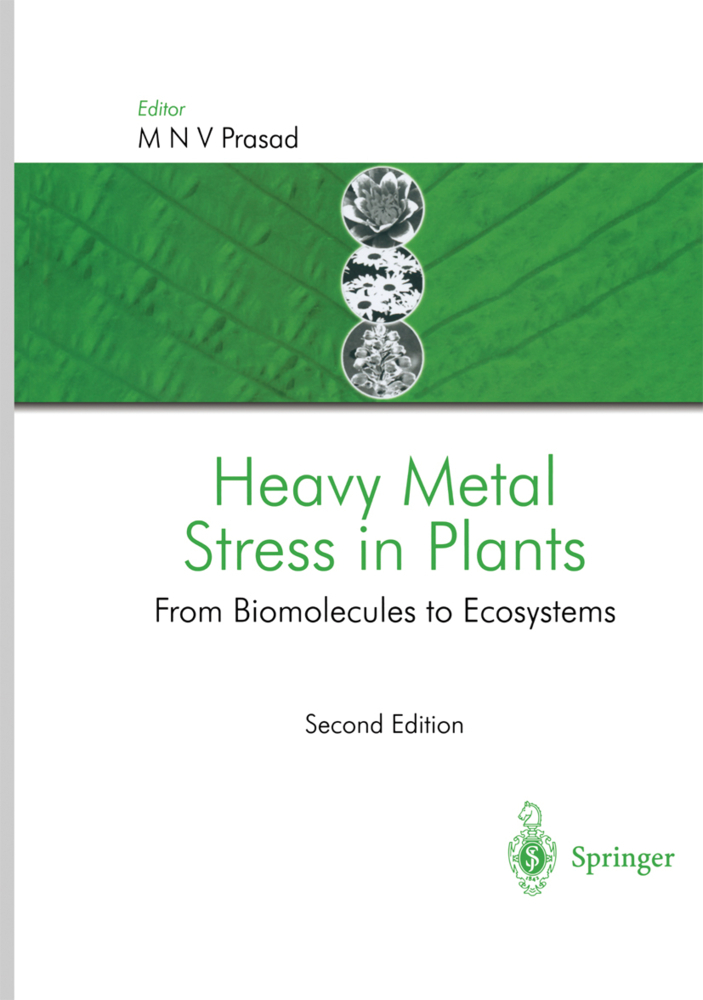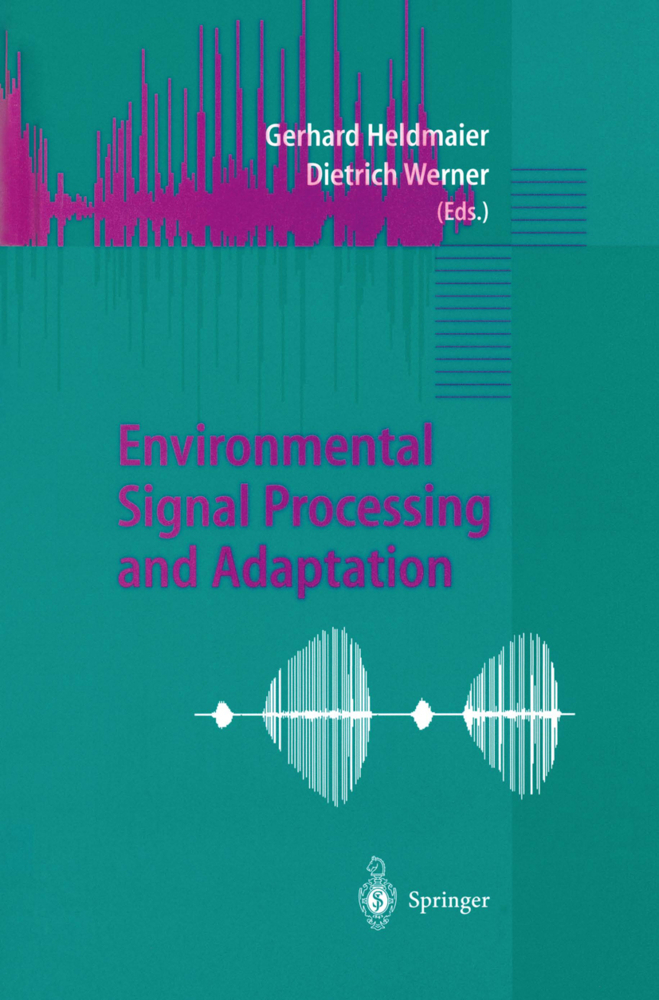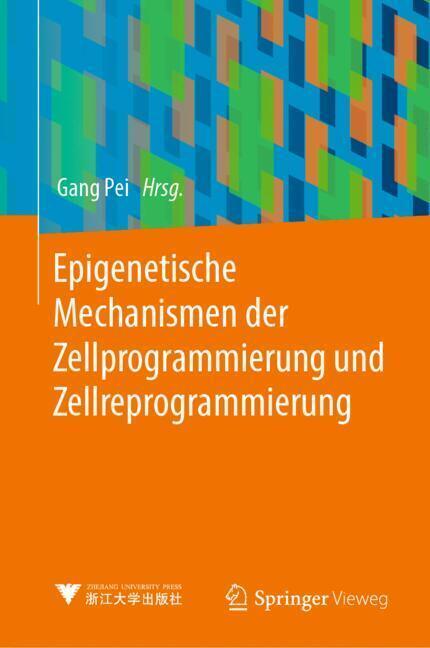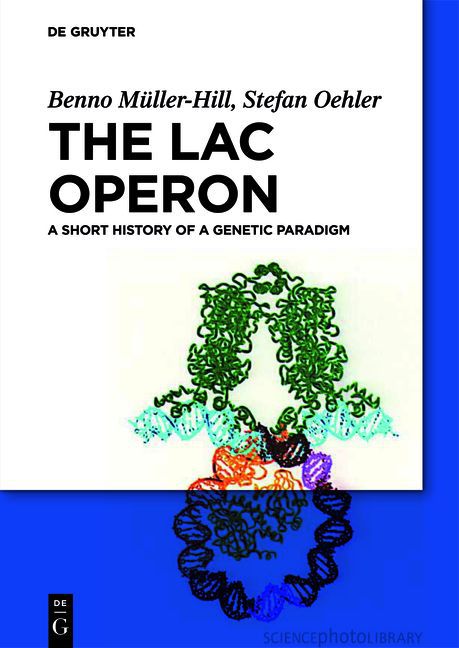Marine Hard Bottom Communities
Patterns, Dynamics, Diversity, and Change
Marine hard bottoms feature some of the most spectacular and diverse biological communities on this planet. These not only contain a rich treasure of genetic, taxonomic and functional information but also deliver irreplaceable ecosystem services. At the same time, they are highly vulnerable and increasingly threatened by anthropogenic pressures. This volume has collected contributions by 50 scientists from numerous biogeographic regions, dealing with characteristics of hard bottom communities. Distributional patterns in space and time are described, followed by analyses of the intrinsic and extrinsic dynamics producing these patterns. A strong emphasis is placed on the ongoing changes occurring in the structure and diversity of these communities in response to spiralling environmental impacts, and on state-of-the-art countermeasures aiming to preserve these ecological treasures. Finally, various values of diversity are assessed, hopefully as an incentive for enhanced conservation efforts.
1;Preface;62;Contents;83;Contributors;204;Part I Habitat, Substrata and Communities;264.1;Introduction;274.2;Conclusion;284.3;References;294.4;Chapter 1 Habitat Characteristics and Typical Functional Groups ;304.4.1;1.1 Particularities of the Aquatic Medium;304.4.2;1.2 Life Forms in Hard Bottom Communities;334.4.3;References;394.5;Chapter 2 The Role of Mineral, Living and Artificial Substrata in the Development of Subtidal Assemblages ;414.5.1;2.1 Patterns on Temperate Hard Substrata;414.5.2;2.2 The Colonisation Process;444.5.3;2.3 The Role of Substrata in the Colonisation and Development of Assemblages;444.5.4;2.4 Future Focus;524.5.5;References;534.6;Chapter 3 Communities on Deep-Sea Hard Bottoms ;604.6.1;3.1 Islands in a Sea of Mud;604.6.2;3.2 Types of Hard Substrata in the Deep Sea;614.6.3;3.3 Major Groups of Deep-Sea Organisms;644.6.4;3.4 Population and Community Ecology of Hard-Bottom Deep-Sea Epifauna;664.6.5;3.5 Conclusions;754.6.6;References;764.7;Chapter 4 Epibiosis: Ecology, Effects and Defences;824.7.1;4.1 Sessile Mode of Life;824.7.2;4.2 Establishment of an Epibiotic Community;824.7.3;4.3 Consequences of Epibioses;844.7.4;4.4 Distributional Patterns of Epibioses;864.7.5;4.5 Responses of the Host;884.7.6;References;905;Part II Diversity Patterns and Their Causes ;945.1;Introduction;955.2;Conclusion;975.3;Chapter 5 Latitudinal Patterns of Species Richness in Hard-Bottom Communities;1005.3.1;5.1 Introduction;1005.3.2;5.2 Case Studies;1015.3.3;5.3 Discussion;1035.3.4;References;1045.4;Chapter 6 Regional-Scale Patterns;1075.4.1;6.1 Introduction;1075.4.2;6.2 Regional Diversity-Biotic Interchange and Speciation;1085.4.3;6.3 Influence of Regional Species Pools on Local Diversity;1105.4.4;6.4 Local Diversity;1125.4.5;6.5 Conclusions;1145.4.6;References;1155.5;Chapter 7 Patterns Along Environmental Gradients;1185.5.1;7.1 Introduction;1185.5.2;7.2 Zonation;1205.5.3;7.3 Gaps in Knowledge;1235.5.4;References;1265.6;Chapter 8 Evolutionary Patterns of Diversity and Their Causes;1305.6.1;8.1 Introduction;1305.6.2;8.2 Evolutionary Process;1305.6.3;8.3 Regional Biogeographic Patterns;1335.6.4;8.4 Discussion;1385.6.5;References;1395.7;Chapter 9 Environmental Variability: Analysis and Ecological Implications;1435.7.1;9.1 Introduction;1435.7.2;9.2 A Framework for Investigating Ecological Variability;1445.7.3;9.3 Observational Approaches: Variability in Ecological Responses;1465.7.4;9.4 Experimental Approaches: Manipulation of Intensity and Variance of Ecological Drivers;1485.7.5;9.5 Future Directions;1525.7.6;9.6 Conclusions;1545.7.7;References;1556;Part III Community Dynamics;1586.1;Introduction;1596.2;Conclusion;1606.3;Chapter 10 Fertilization Strategies;1626.3.1;10.1 Introduction;1626.3.2;10.2 Scope and Definition of Terms;1636.3.3;10.3 Main Topics in Fertilization Ecology of Rocky Shore Species;1636.3.4;10.4 Gamete Traits that Influence Fertilization Success;1666.3.5;10.5 Gamete Mixing;1696.3.6;10.6 Risk of Polyspermy and the Role of Polyspermy Blocks;1716.3.7;10.7 Fertilization Compatibility;1726.3.8;10.8 Conclusions;1736.3.9;References;1736.4;Chapter 11 Larval Supply and Dispersal;1786.4.1;11.1 Introduction;1786.4.2;11.2 Variability in the Production of Larvae;1786.4.3;11.3 Mortality in the Plankton;1806.4.4;11.4 Scales of Dispersal and Larval Supply;1826.4.5;11.5 Genetic Consequences of Variation in Larval Production and Dispersal;1856.4.6;11.6 Conclusions;1866.4.7;References;1866.5;Chapter 12 Settlement and Recruitment;1906.5.1;12.1 Introduction;1906.5.2;12.2 Definitions of Settlement and Recruitment;1906.5.3;12.3 Patterns of Settlement and Recruitment on Hard Substrata;1916.5.4;12.4 Behaviour at Settlement;1936.5.5;12.5 Biological and Physical Interactions at Settlement;1946.5.6;12.6 Early Post-Settlement Survival;1966.5.7;12.7 Consequences of Variation in Settlement and Recruitment;1976.5.8;12.8 Summary;1996.5.9;References;1996.6;
Wahl, Martin
| ISBN | 9783540927044 |
|---|---|
| Artikelnummer | 9783540927044 |
| Medientyp | E-Book - PDF |
| Copyrightjahr | 2009 |
| Verlag | Springer-Verlag |
| Umfang | 446 Seiten |
| Sprache | Englisch |
| Kopierschutz | Digitales Wasserzeichen |

